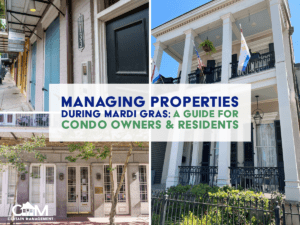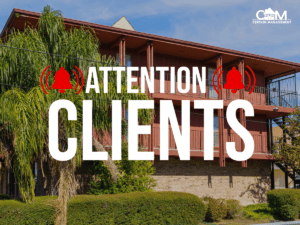New Orleans closed 2020 with over one hundred sixty condominium associations representing over four thousand, eight hundred individual units. These totals are a seventeen percent increase in condominiums from just ten years ago. The success of both new projects and old ones is continuing to drive developers into renovations and new builds as we have yet to reach the pinnacle on this market. Over a half dozen condominium projects are on the drawing boards with plans and permits ready to start creating over two hundred additional units to our existing supply. Pre-sales on a few of these developments are progressing. Capacity in the Mid-City, Gentilly, and Lakeview markets are leading candidates for further development along with the continued growth in the CBD and warehouse district.
YEAR IN REVIEW
As we look back on 2020 it will be a year we would rather forget than reflect upon. With the coronavirus blanketing the country before the end of the first quarter, we learned more about closures and face masks, than we did about new start-ups and project renovations. Yet, 2020 was not a total loss to the condominium market in New Orleans. Projects that came online in the past year still showed great promise in selling available inventory and sales for condos in all areas of the City continued with little signs of slowing down.
Real estate sales in New Orleans for condominiums held their value in 2020 and our annual survey and tracking of condominium fees showed unchanged from the prior year. A city-wide average of forty-seven cents per square foot for monthly condo fees remained in place with the Warehouse District/CBD market ranking with the highest fees followed closely by the St Charles Avenue market. Many associations have either recently imposed a special assessment over the past two years or have had serious discussions about such in 2020 as developments that came online in the 1990’s or 2000’s are realizing the competition to buyers with new inventory adding every year. New Orleans is also now fifteen years past Hurricane Katrina, which brought widespread devastation in late August 2005, but also a rebuilding effort in the following years that transformed the real estate outline. Many communities are approaching fifteen years since their last capital improvement program and building envelopes and mechanical systems are needing attention.
LOOKING TO THE FUTURE
As we look towards 2021, we have many opportunities to be bullish in our outlook. A new political power in Washington will be motivated to spark the economy and the Democratic Party has always looked favorably on homeownership. We will be watching Congress to see what incentives to developments will be offered and how the new approach to work will impact everyone’s choice in where to live and the lifestyle we chose to follow. With little capital used in 2020, we see a surplus of cash and financing ready to be unleased as demand for revenue-producing capital investments are sought after.
We have been speaking of the historically low-interest rates for mortgages for a few years now and history keeps repeating itself as thirty-year rates continue to decline and have now seen
a trend for the past forty years on dropping or leveling off. We have no expectation of this to change in 2021 with the aftermath of economic recovery efforts that will be implemented. Lending capacity and low-interest rates for commercial activity will also be ready to spark developers’ desire to build.




